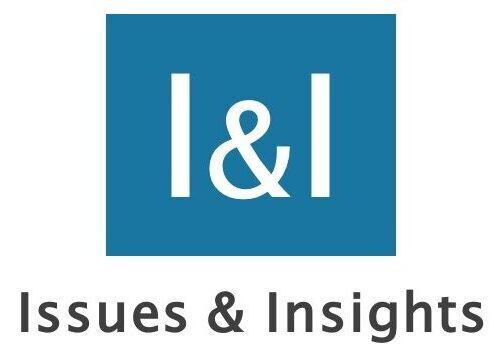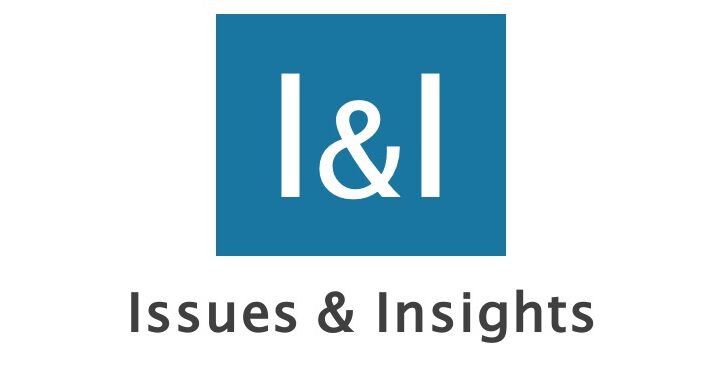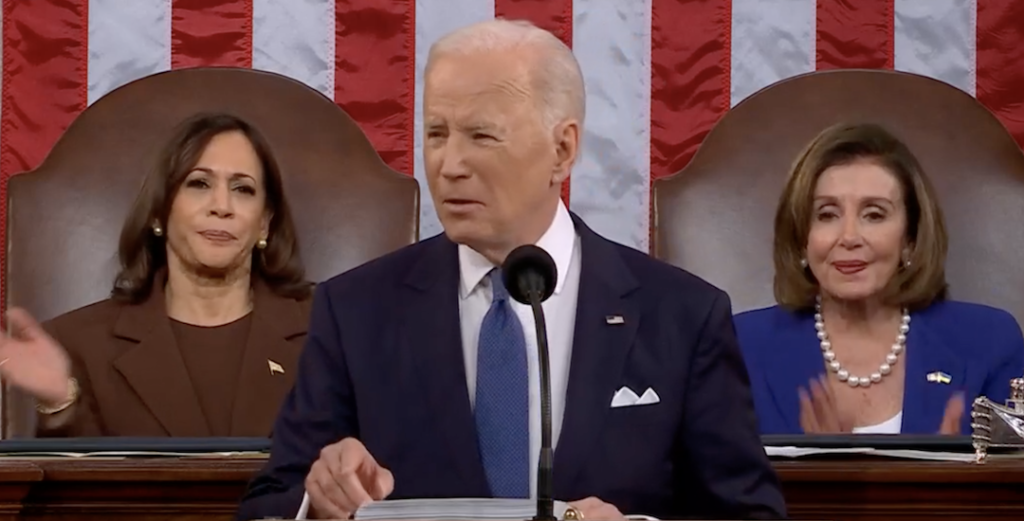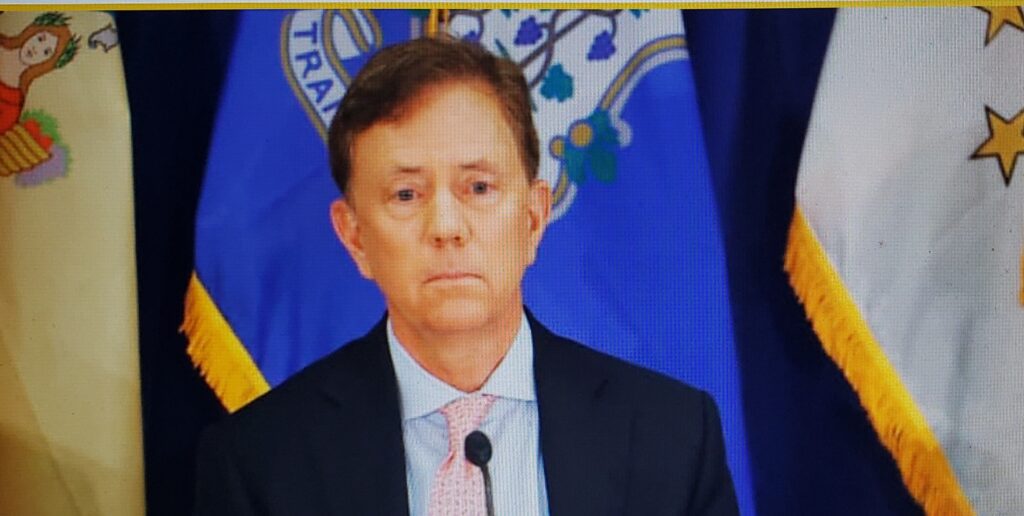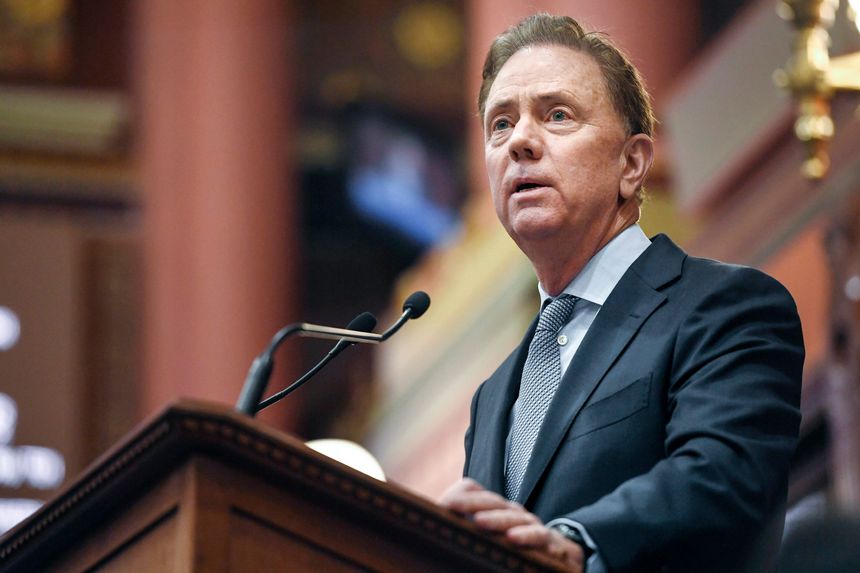Connecticut Governor Lamont has proposed to award state employees significant wage increases and bonuses over three years. But before moving ahead, policymakers should consider whether public employee pay increases are warranted.

A recent study authored by one of us finds that the average Connecticut state employee already receives total pay and benefits roughly one-third higher than is received by comparable private sector workers in Connecticut. This 33% premium is the fifth highest compensation premium out of the 50 U.S. states. Lamont’s proposal would likely widen that gap.
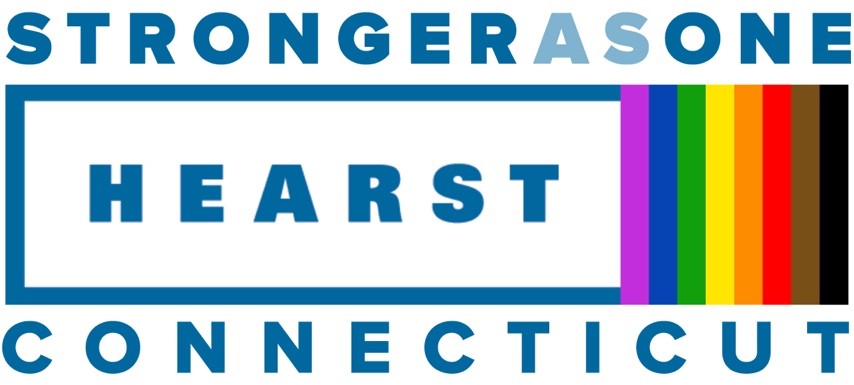
According to state employee union documents, Lamont is proposing to award all unionized state employees three annual base salary increases of 2.5% and, for about two-thirds of employees, annual “step increases” of 2.0%. The wage and step increases are retroactive to July 1, 2021. On top of these increases, every employee will receive bonuses of $2,500 this coming May and $1,000 in July. The bonuses are pensionable.
The new study of compensation for state government employees, authored by Andrew Biggs, examines wages and benefits of state government employees in the 50 states, in each state comparing their compensation to that of private sector workers with similar levels of education, experience and other characteristics.
The use of the same methodology in all 50 states establishes a level playing field and produces genuine comparative results among the states. Moreover, comparing state and private workers in the same state eliminates the need for any cost-of-living adjustments.
State employees may not seem overpaid. But salaries are only part of the story.
The study also finds that fringe benefits are dramatically higher in state government than in the private sector. State employees in Connecticut accrue pension benefits that are roughly six times more generous than the employer contribution to 401(k) plans which predominate in the private sector.
Connecticut’s retiree health program for state employees is by far the most generous in the country. According to state accounting disclosures, the future benefits accruing to current Connecticut state employees are worth an extra $16,000 for each year of work. Retiree health coverage is nearly extinct for private sector workers.
Overall, total fringe benefits for Connecticut state government employees are over three times higher than for similar private sector workers, which more than makes up for slightly lower salaries in state government.






